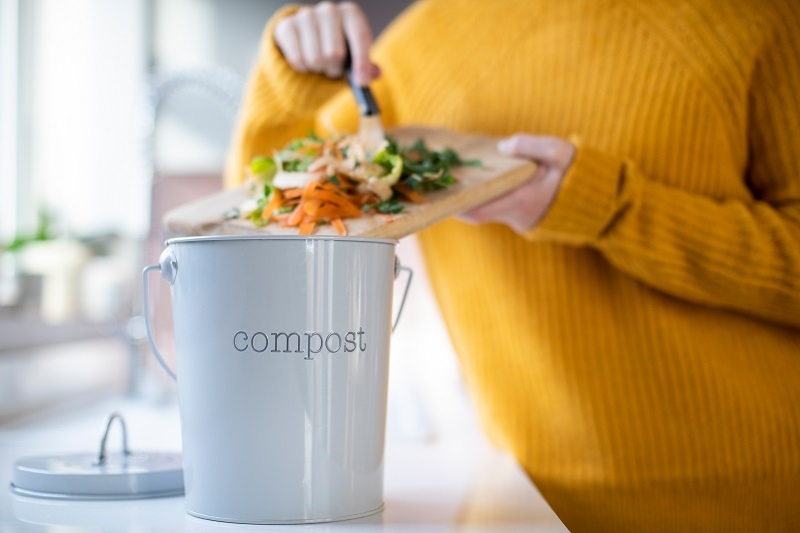
Composting at home is easy, but it also involves dynamic home waste reduction, garden soil enrichment, and facilitation of a greener world. To the beginner, turning kitchen waste and garden clippings into rich compost can be a daunting task, but that is no longer necessary. With the right information and some simple practical hints, anyone can home compost and enjoy many benefits.
In this guide, we will take you through the whole process of composting at home, from easy home compost bin ideas, what to compost and avoid, troubleshooting compost smells, beginner backyard composting, and even how to brew compost tea for plants.
Before diving into the nuts and bolts of the logistics, let's discuss why home composting is so worthwhile. In the U.S. alone, the Environmental Protection Agency (EPA) estimates that nearly 30% of municipal solid waste is organic material, the majority of which can be composted. Home composting not only diverts waste from landfills but also prevents methane emissions, a powerful greenhouse gas that is released when organic materials break down anaerobically in landfills.
Further, home composting fertilizes your lawn with wholesome, natural fertilizer. Home composting, unlike chemical fertilizers, enhances soil structure, water retention, and soil-to-plant nutrient exchange. This produces healthier grass, flowers, and vegetables without the use of chemical synthetics.
For beginners at home composting, the simpler the better. Backyard composting for beginners doesn't need a lot of high-tech gadgets or technical expertise. Here is how it is done:
New backyard composting beginners can, through these simple steps, render this a feasible and rewarding process.
Among the most common obstacles to home composting is choosing where you will locate your compost. The good news is that there are numerous convenient home compost bin solutions to suit a variety of lifestyles and space limitations:
Any of them can be configured to fit your area and composting requirements. Even apartments like yours can compost at home with the proper bin arrangement.
Home composting secrets are learning what can be composted and what can't. All of the materials that can be composted are divided into two categories:
Not everything, though, will find its way into your compost. Avoid:
A brown-to-green ratio maintains the health of the compost and prevents certain issues, such as a stinky odor or poor decomposition, from occurring.
Even with planning, sometimes you may experience bad odors when home composting. Compost odor troubleshooting is a skill that every new gardener must learn.
Turning every now and again and keeping the greens and browns ratio will make your compost strong and odor-free.

Beginners in backyard composting find the following helpful tips:
By following these easy steps, beginners too can make rich, fertile compost at low cost.
When your finished compost is ready, you can further enrich it by making compost tea to use for plants. Compost tea is a liquid nutrient product that is brewed by steeping finished compost in water. Compost tea gives plants an immediate dose of nutrients and also stimulates microbial life in the soil.
How to Make Compost Tea:
Compost tea is an extremely effective way of recycling nutrients and cultivating healthy crops. It can be used on potted plants, vegetable crops, and flower crops.
Even professionals make mistakes. The following are mistakes to avoid for effective home composting:
Keeping these mistakes in mind ensures a trouble-free composting experience.
Composting is seasonal work in the home, especially in the U.S., due to cold winters. Breakdown is slowed considerably by cold weather. What to do is the following:
Seasonal tuning allows year-round compost production.
Home composting is advantageous apart from reducing trash. Some of the most important benefits include:
These advantages make home composting a win-win for your garden and the environment as well.
For that useful and clever mind, DIY is an excellent means of allowing composting at home to be simple and enjoyable. Some of the easy homemade compost bin concepts are:
Home composting is inexpensive, environmentally friendly, and fun. From basic home compost bin ideas to what to include and what not to include, and how to stay odor-free and achieve backyard composting for beginners dominance, it's all simpler than you'd ever imagine. With the addition of compost tea for plants, the benefits are taken a step further; your entire house, garden, and living space are healthier and more robust.
This content was created by AI